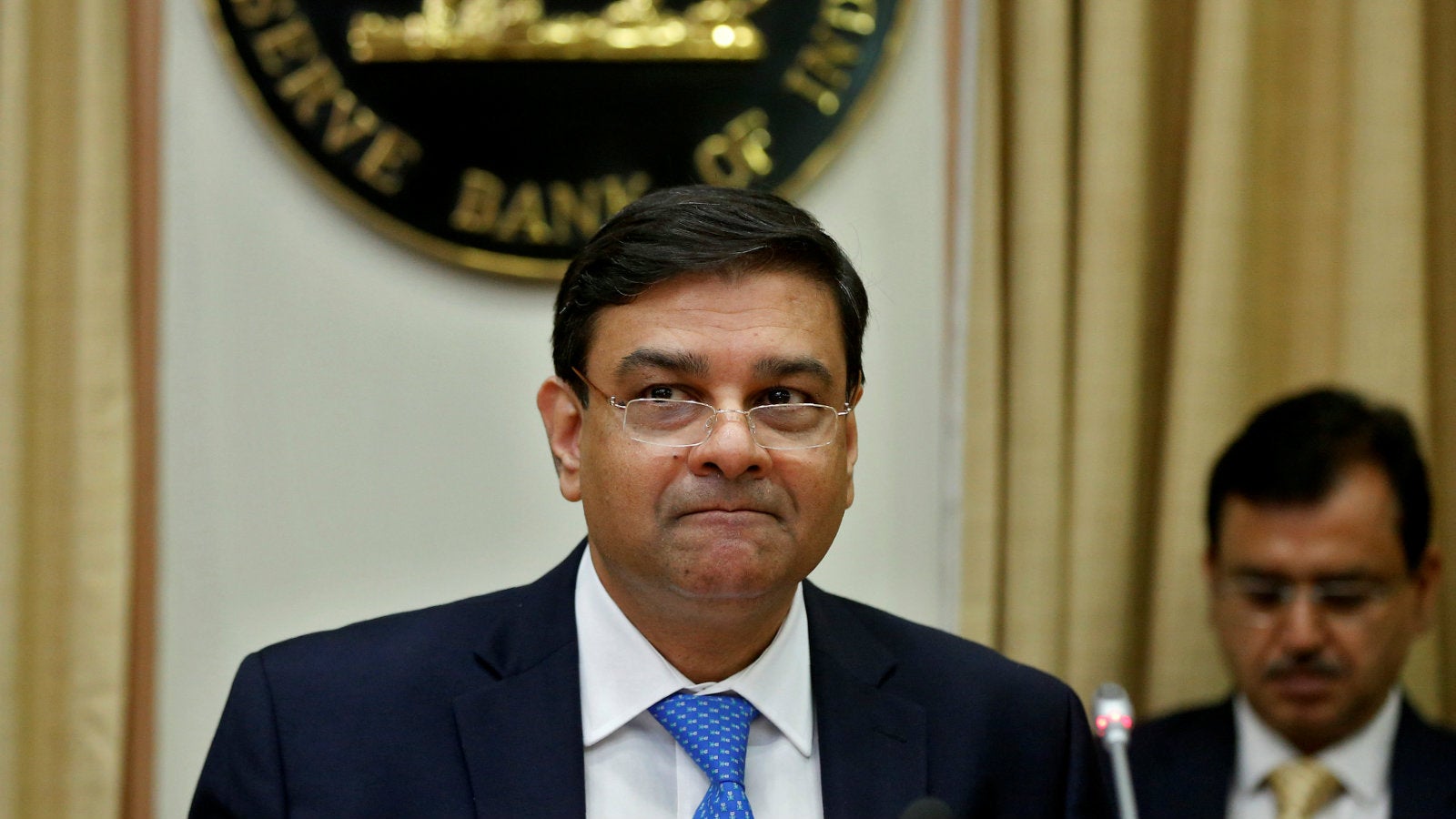How demonetisation pre-scripted today’s RBI policy
The Reserve Bank of India (RBI) on June 07 kept key interest rates unchanged, not pulling any surprises.


The Reserve Bank of India (RBI) on June 07 kept key interest rates unchanged, not pulling any surprises.
A majority of analysts polled by Reuters had already predicted that there were no rate cuts in order. For now, the repo rate—the rate at which the central bank lends to commercial banks—remains at 6.25%.
The RBI’s decision to maintain status quo comes at a time when there is an excess of $60 billion in the banking system thanks to the demonetisation exercise of November 2016.
“Even as surplus liquidity in the banking system post-demonetisation was drained by the ramping up of new currency in circulation by Rs1.5 trillion in April and May, massive spending by the government re-injected liquidity into the system, raising the daily average overall surplus liquidity in the banking system to Rs4.2 trillion in April and Rs3.5 trillion in May,” the RBI said in it policy statement on June 07.
A repo rate cut, if passed on to end customers, could translate into a lower cost of borrowing, boosting liquidity further.
But while loans are available, demand remains weak. Because, India’s growth engine has slowed down following the ban on the Rs500 and Rs1,000 currency notes.
The road ahead
Before deciding whether the weakening demand merits a rate cut push, the central bank may want to wait and watch to see if the trend continues. If the economy shows little or no signs of recovery over the next few months, a rate cut may be in order.
While the government has sought a rate cut, bankers seem comfortable with existing rates. Those demanding a rate cut have also been citing the low inflation numbers.
Retail inflation dropped to a multi-year low of 2.99% in April as compared to 5.47% a year ago. However, with the new tax regime under GST kicking in from July 01, the RBI would have probably decided to wait and watch if the fall in prices is sustainable.
Meanwhile, the RBI has cut the statutory liquidity ratio—the percentage of funds banks must maintain in gold and government-backed securities—by 0.50% to 20% of their net demand and time liabilities. This move will free up cash for banks that can be used for deployment.
The jury is still out on the possibility of a rate cut in coming months. While some economists argue that the chances are bleak in this calendar year, others believe the RBI may change its stance if growth declines and inflation picks up.
“As the year progresses, underlying inflation pressures, especially input costs, wages and imported inflation, will have to be closely and continuously monitored,” the RBI said.
To cut or not to cut rate—one will have to wait a little longer to know.